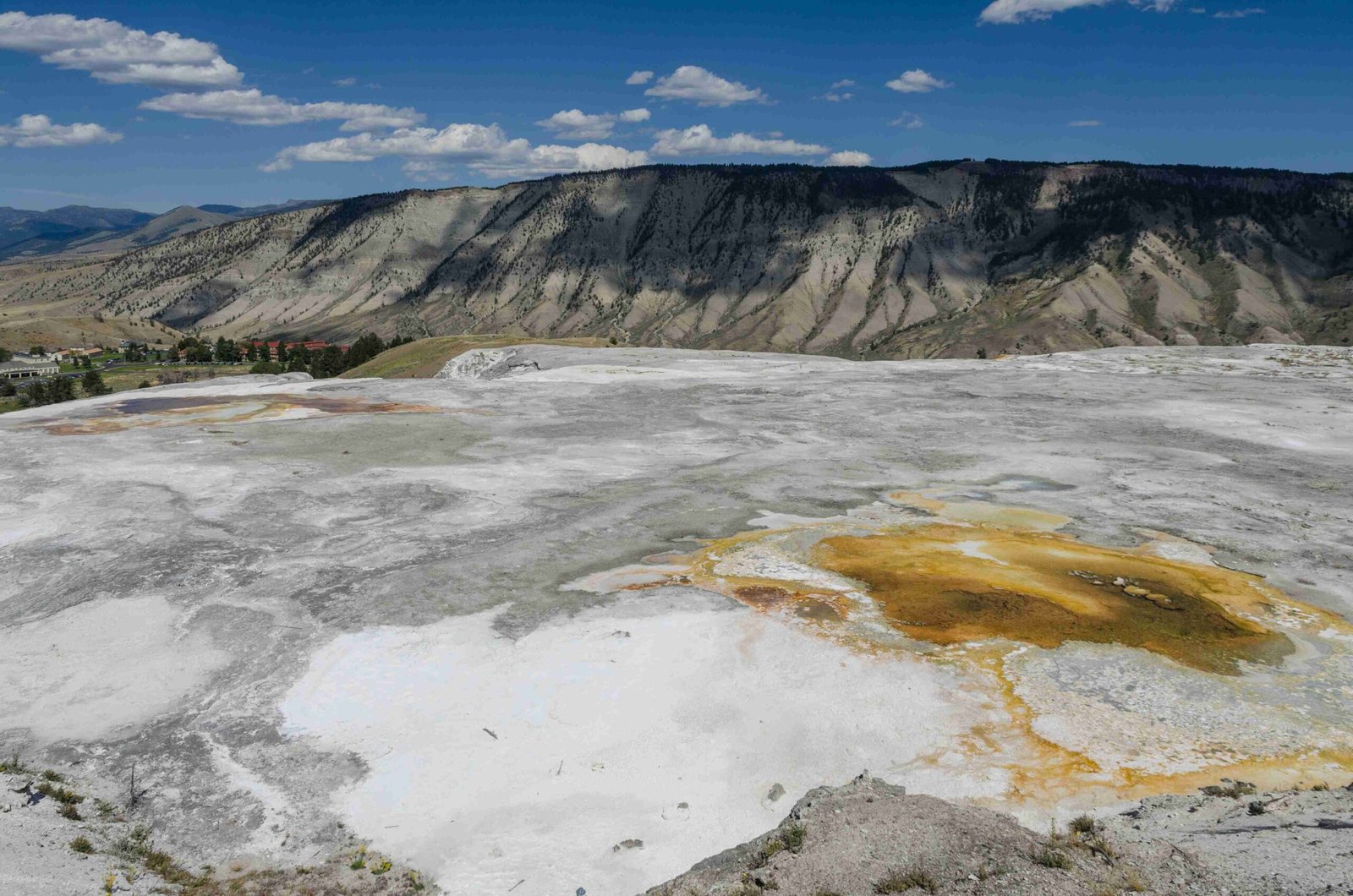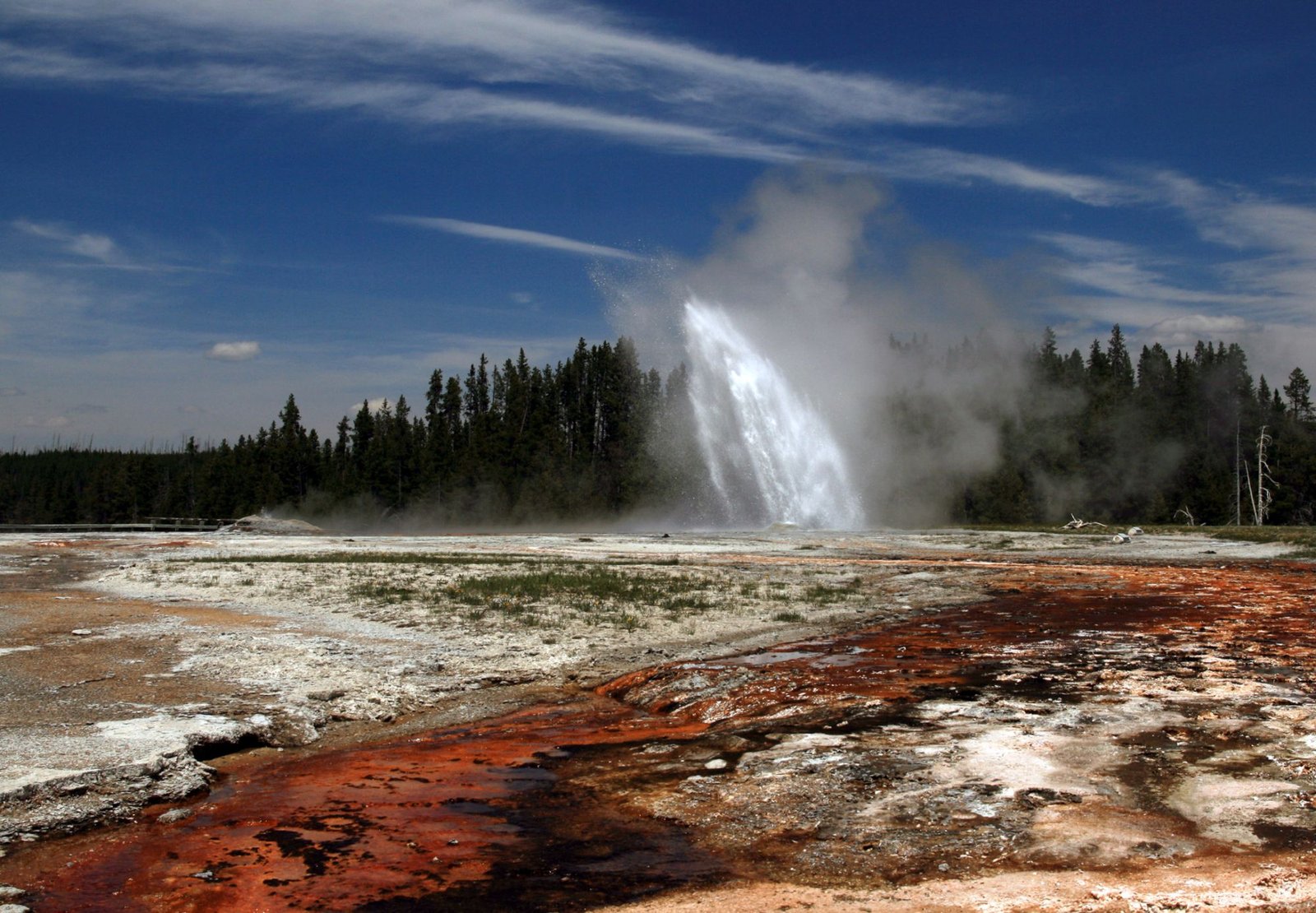The wolves of Yellowstone National Park have played a crucial role in reshaping the ecosystem since their reintroduction in 1995. With a population of around 100 wolves living in highly social packs, these apex predators have significantly impacted elk populations, vegetation recovery, and overall biodiversity. Their presence has triggered a trophic cascade, benefiting various species and restoring ecological balance to the park.
What is the Current Wolf Population in Yellowstone?

The wolf population in Yellowstone National Park has stabilized since 2009, following initial fluctuations after their reintroduction. Currently, the park is home to approximately 100 wolves, though this number can vary due to several factors:
- Disease outbreaks
- Human-caused mortality
- Natural predation
- Environmental conditions
It’s important to note that while the population has stabilized, it remains dynamic and subject to change based on these influencing factors.
How are Wolf Packs Structured in Yellowstone?

Wolf packs in Yellowstone exhibit a complex social structure, typically consisting of:
- An alpha male and female (breeding pair)
- Their offspring from previous years
- Occasionally, unrelated subordinate wolves
The average pack size in Yellowstone is 11.8 individuals, though this can vary. Within each pack, there’s a clear hierarchy where older members, particularly the alpha pair, lead and make key decisions.
| Pack Role | Description |
|---|---|
| Alpha Pair | Lead the pack, make decisions, and typically are the only breeding pair |
| Beta Wolves | Second in command, often offspring from previous years |
| Subordinates | Lower-ranking pack members, may include unrelated wolves |
| Pups | Youngest members of the pack, born in the current year |
This social structure is crucial for the pack’s survival, enabling efficient hunting, territory defense, and pup-rearing.
What Unique Behaviors Do Yellowstone Wolves Display?
Yellowstone’s wolves exhibit several fascinating behaviors that contribute to their success in the park:
-
Territorial Communication: Wolves use vocalizations (howling, growling, yipping) and scent-marking with urine or feces to establish and defend their territories.
-
Cooperative Hunting: They employ teamwork to bring down large prey such as elk and bison, which is especially crucial during harsh winters.
-
Collaborative Pup-Rearing: Both the alpha male and female actively participate in raising pups, providing food and teaching essential survival skills.
-
Adaptive Mating Behaviors: Recent disruptions in pack hierarchies due to human-caused mortality have led to changes in mating behaviors, with more females breeding in some packs.
These behaviors showcase the wolves’ adaptability and social complexity, which are key to their survival in Yellowstone’s challenging environment.
How Have Wolves Impacted Yellowstone’s Ecosystem?
The reintroduction of wolves to Yellowstone has had far-reaching effects on the park’s ecosystem:
Elk Population Control
- Wolves prey on weaker elk, keeping the population in check
- This predation pressure keeps elk moving, preventing overgrazing in specific areas
Vegetation Recovery
- Reduced elk browsing has allowed willow, aspen, and cottonwood plants to recover
- This vegetation recovery has benefited numerous other species
Trophic Cascade Effects
- Beaver Population Increase: Healthier willow stands have supported a growing beaver population
- Improved Stream Habitats: Beaver dams have altered stream hydrology, benefiting fish and aquatic species
- Songbird Habitat Enhancement: Recovering vegetation has provided more nesting sites for various bird species
Carrion Distribution
Wolves act as key food distributors, providing carrion for scavengers such as:
- Ravens
- Eagles
- Magpies
- Coyotes
- Bears
This has created a more equitable distribution of carrion throughout the year, supporting these scavenger populations.
Where are the Best Places to Observe Wolves in Yellowstone?
For visitors hoping to catch a glimpse of Yellowstone’s wolves, certain areas offer better chances than others:
- Northern Range: This area, particularly the Lamar Valley, is known for its high concentration of wolves.
- Hayden Valley: Another popular spot for wolf sightings, especially during the early morning or late evening.
- Blacktail Plateau: This area sometimes offers opportunities to see wolves, especially during winter.
When is the Best Time to See Wolves in Yellowstone?
Timing your visit can greatly increase your chances of observing wolves:
- Winter: The best season for wolf watching, as snow makes them easier to spot against the landscape
- Early Spring: Another good time, as wolves are more active and visible before vegetation becomes too dense
- Dawn and Dusk: Wolves are most active during these times, increasing your chances of sightings
Remember to bring binoculars or a spotting scope, as wolves are often viewed from a distance to ensure their safety and natural behavior.
What Should Visitors Know About Wolf Watching Etiquette?
When observing wolves in Yellowstone, it’s crucial to follow proper etiquette:
- Maintain a safe distance (at least 100 yards) from wolves at all times
- Use binoculars or spotting scopes for viewing; never approach wolves
- Do not feed or attempt to interact with wolves
- Stay in your vehicle when wolves are near roads
- Follow all park regulations and guidelines for wildlife viewing
- Consider joining a guided tour for expert insights and responsible viewing practices
By following these guidelines, visitors can enjoy observing wolves while ensuring the animals’ safety and natural behavior are preserved.

